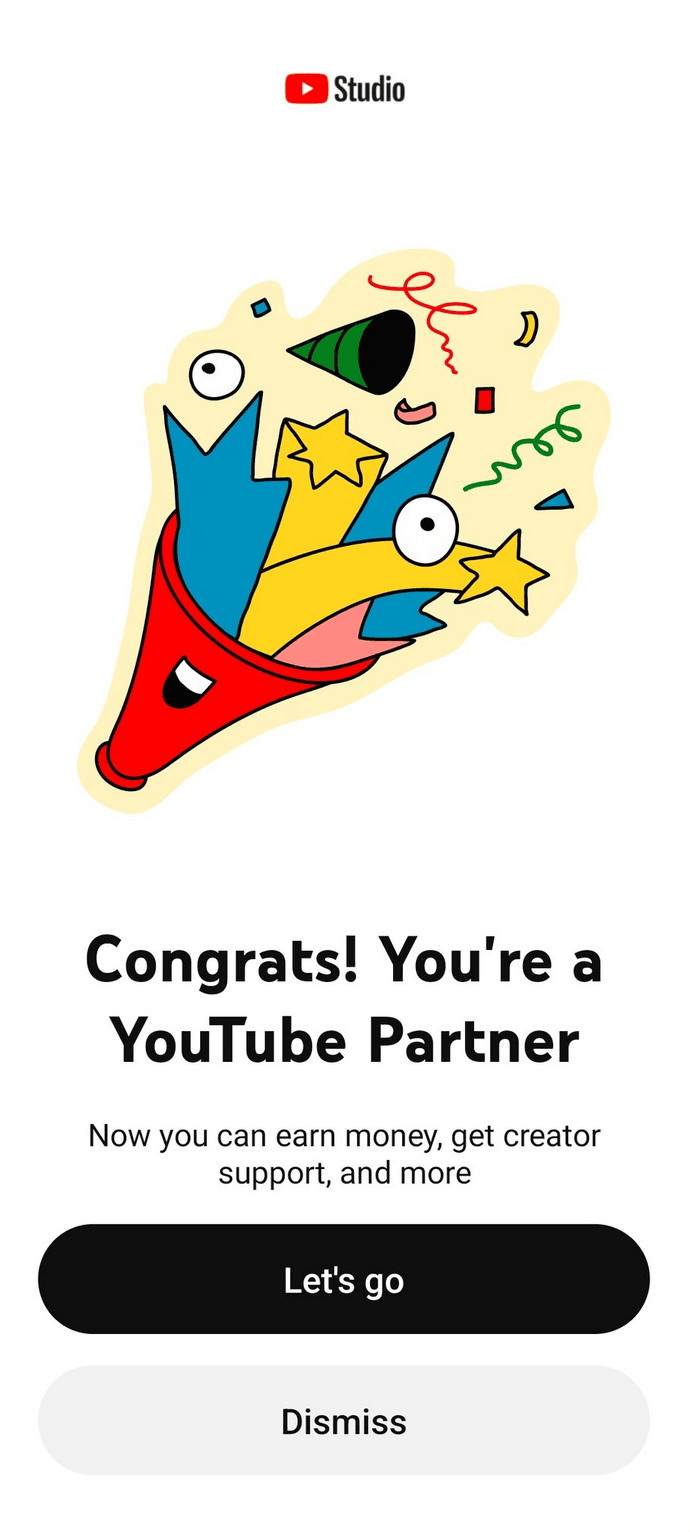How Much Youtube Pays for 1 Million Views?
Ever wondered if your next viral video could really pay the bills? With YouTube raking in billions from ads, it’s no wonder many creators dream of hitting that 1 million view mark. But how much money does that actually bring in? Let’s explore YouTube monetization in a simple, friendly way.
Does YouTube Actually Pay Per View?
The quick answer is: Yes, but not exactly like you might think.
The Real Deal: Ad Views vs. Video Views
- Video Views: These are the total times your video is watched. However, just because someone watches your video doesn’t mean you earn money.
- Ad Views: You get paid when viewers see or click on the ads in your video. In short, it’s the ad views that earn you money.

Breaking Down the Key Metrics
Cost Per Mille (CPM)
CPM means "Cost Per Thousand" views. Advertisers pay a set amount for every 1,000 ad views on your video. This rate can change a lot based on your content type, the season, and where your viewers live.
Revenue Per Mille (RPM)
RPM is what you really earn for every 1,000 views after YouTube takes its share (usually about 45%). It gives you a clearer idea of your true earnings.
Fun Fact: Many creators earn about $3,000 to $5,000 per 1 million views on average. However, this number can change based on many factors.
What Influences Your Earnings?
Your earnings on YouTube depend on more than just the number of views. Here are some key factors:
Your Content Niche
- High-Paying Niches: Channels about technology, finance, or product reviews usually have higher CPMs because advertisers pay more for those topics.
- Other Niches: Lifestyle or entertainment channels might have lower CPMs, but they can still do well if they have a loyal audience.
Viewer Geography
Where your viewers live matters:
- Premium Markets: Viewers in the USA, Canada, and Europe usually help you earn more.
- Other Regions: Viewers from places with smaller advertising budgets might earn you less per view.
Engagement and Video Length
- Engagement: Lots of likes, comments, and shares mean your audience enjoys your video. This can help your earnings.
- Video Length: Longer videos let you include more ad breaks, which can bring in extra money.
Seasonal Trends
Ad rates change during the year. For example, during holidays or special events, advertisers often spend more, which can boost your earnings for a while.
How to Boost Your YouTube Revenue
Here are some simple tips to help you make more money from your videos:
Optimize Your Ad Placements
Try placing your ads in different spots in your video. You want enough ads to earn money but not so many that they drive viewers away.
Diversify Your Income Streams
Don’t rely only on ad money. Consider these options:
- Channel Memberships: Offer special perks to paying subscribers.
- Super Chats & Stickers: Earn money from live streams.
- Sponsored Content: Work with brands that fit your channel.
- Merchandise Sales: Sell your own branded items.
Join the YouTube Partner Program (YPP)
To start earning money, you need to join the YPP. The requirements are:
- At least 1,000 subscribers.
- 4,000 valid public watch hours in the past year (or 10 million Shorts views in 90 days).
- Follow YouTube’s rules and guidelines.
Real-Life Examples: What Creators Are Earning
Here are some examples to help you see the picture:
- Educational Channels: With CPMs between $5 and $15, these channels can earn about $5,000 to $15,000 per 1 million views if they keep viewers interested.
- Tech and Product Review Channels: These channels might earn $4,000 to $10,000 per 1 million views because advertisers pay more.
- Lifestyle & Travel Vlogs: Even if ads pay less, smart deals and sponsorships can boost earnings.
Conclusion
Earning money on YouTube isn’t one simple formula—it’s a mix of creativity and smart choices. Whether you’re just starting or already have a channel, knowing about CPM, RPM, and engagement is key.
Every 1 million views is a chance to earn more. Keep trying new ideas, work on your ad placements, and connect with your viewers. Also, look for different ways to make money so you aren’t only counting on ads.
Looking to dive into the world of content creation? Explore the content creator digital guide that works even in 2025.